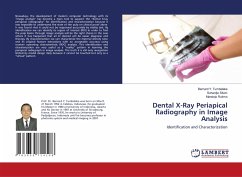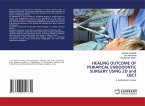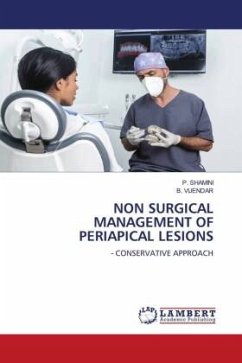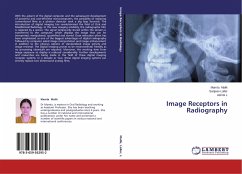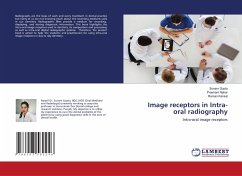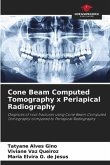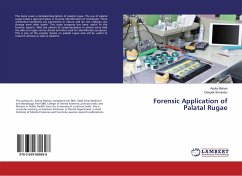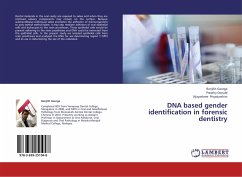Nowadays, the development of modern computer technology with its "image analysis" has become a main tool to support the "dental X-ray periapical radiography" for identification and characterization because it was imposible to understand the state of the pulp on clinical proof alone. Ir was found rhat it could not be responsed accurately by vitality test. By identification we can identify its region of interest (ROI) in order to find the pulp lesion through image analysis will be the right choice in the case where it has happened that all of desired will be easier diagnose and therapy. By characterization we can characterize the material density ratio and its original feature extractions with an acceptable accuracy using receiver operating characteritistic (ROC) analysis. This identification and charaterization are very useful as a "reality" pattern in learning the periapical radiograph in image analysis. The truth it is still only recognition limited by model design daily becauseit cannot be touched but only as a "virtual" pattern.
Bitte wählen Sie Ihr Anliegen aus.
Rechnungen
Retourenschein anfordern
Bestellstatus
Storno

